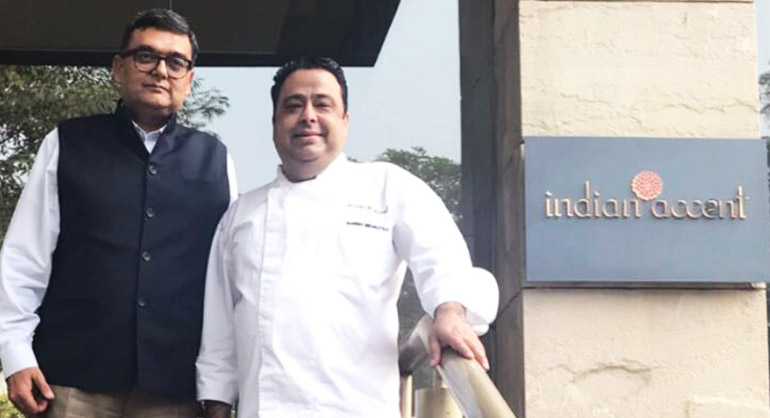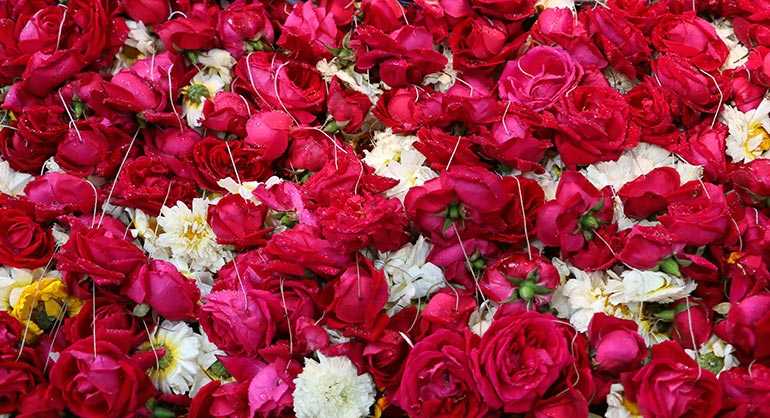I will be writing a series of Blogs that I will be sharing through my wonderful experiences uncovering the various layers that exist in New Delhi, the capital of India. Fortified settlements, established by various rulers between the 11th and 17th centuries.
I started with exploring the 6th city of Delhi known as Purana Qila (Old Fort), a stone earlier known as Dinpanah (refuge of the faithful).It was built between by the Mughal emperor named Humayun. As it is one of the oldest settlements in Delhi, it makes the experience even more special. As I entered the fort I was astounded to see this huge western entrance called The Bada Darwaza (Big Entrance) moving on to the Humayun Darwaza & the Talaqi (Forbidden) Darwaza. They are all a part of the main fortifications built with red stone & truly a magnificent sight. My favorite has always been the Jharokhas (Enclosed Openings) & Chhatris (Pavilions) which add a lot of charm to the Mughal architecture. An architectural style developed by the Mughals in Medieval India which is an amalgam of Islamic, Persian, Turkic and Indian architecture. The Rajasthan Forts & Palaces have a heavy influence of Mughal architecture mixed with their Indian influence. Within its surroundings I was amazed by the magnificent beauty of the most elegant and exquisite mosques in Delhi. The whole journey transports you to a time which stands still. I was amazed to see how in those days the ruins of Hammam (Modern times termed as Bath house) brick structure had provision for steam rooms too. Mughal culture sure knew how to live in style back then & is fascinating to explore.
The story I reminiscence in Purana Qila was about the great Humayun who rebuild this fort in an attempt to build a city of his own. But characteristically, the Old Fort did not bear the name of its creator & another emperor named Sher Shah defeated Humayun in 1541 ,so most of the structures inside the old fort is demolished .In 1543 the great Humayun recaptured his city from Sher Shah’s son & took the task of completing the city and rebuilding its old glory. Soon after he tripped down the stairs of the library while running for his evening prayers and died. After 9 years his wife built the Humayun Tomb which I will be covering in one of my series ahead. A magnificent Garden tomb which reflects the beauty of the Mughal architecture.
Right after that I headed to the most beautiful Agrasen Ki Baoli (Stepwell).This was constructed by the Maharaja (King) named Agrasen in the ancient times to work as reservoirs for water in the monsoon times .The Charm is when I walked down 103 steps and discovered the logic behind the construction of these step wells on how they proved to be so useful in the dry times. They also served as a place for social gatherings & religious ceremonies. The ornate arches on the walls and the intricate carvings were a piece of Marvel to my eyes. What made this Stepwell even more mysterious to me is when I got to know it was considered haunted which added to my excitement.
After which I headed to Khan Market which is almost in the Heart of Delhi right next to India Gate & the Beautiful Lodhi Gardens. Also would like to add the most costly street too. Yet I love the vibe here with all the interesting café’s, restaurants, retail outlets, jewelry and fabric stores. I found a cozy restaurant to unwind & enjoyed a good early dinner to head back to Purana Qila in time to witness the Light & Sound show which started at 7:30 pm in winters. I was excited as I have always had an innermost desire to be born back in those times .It was pitch dark as we seated and extremely cold in the December month (therefore my recommendation to wear proper warm woolens).As the show began, to my surprise I was left speechless while witnessing the beauty of the Light & Sound show at Purana Qila. It actually transported me to back to some very important moments in History. I was mesmerized with every moment through this brilliant laser light & sound show at Purana Qila which was displayed on the monument of Humayun Darwaza (Entrance).The Decorations of this monument included Inlay work and carving in sandstone and marble, especially the decorative merlons on top of the monument made the show priceless. To imagine it one has to see “Ishq-e-Dilli” (Romancing Delhi) which shows the History of Delhi through its 10 cities, starting from the 11th century reign of Prithvi Raj Chauhan to the present day. It was wonderful to experience the 8 cities of Delhi in one show and I was even more enthusiastic to experience more in my days to come.





